Pakistan and the United States chart a path between turmoil and trust
Kamran Khan says Pakistan is pursuing a balanced foreign policy for the first time, while its ties with China soar to Himalayan heights
News Desk
The News Desk provides timely and factual coverage of national and international events, with an emphasis on accuracy and clarity.
Pakistan-U.S. relations have always followed a roller-coaster trajectory. Progress has often emerged only during moments of global tension, war, or confrontation, while periods of mistrust and setbacks were equally frequent.
Historically, the closest ties between the two countries coincided with Pakistan’s military regimes - under General Ayub Khan, General Zia-ul-Haq, and General Pervez Musharraf - when political camaraderie and strategic alignment brought the nations visibly closer.
Today, the election of President Trump in the U.S. and the elevation of Army Chief General Asim Munir to Field Marshal appear to have ushered Pakistan-U.S. relations into a new era.
For many Pakistanis, it is reassuring: for perhaps the first time, Pakistan seems to be pursuing a truly balanced foreign policy, not leaning toward either the socialist or capitalist “bloc.” At the same time, ties with China continue to soar to metaphorical Himalayan heights.
Early strategic alignments
It is historically accurate that in the 1950s, the U.S. viewed the spread of communism in South Asia as a threat, drawing Pakistan into alliances such as SEATO and CENTO. General Ayub Khan famously declared, “Our army can be your army,” signaling Pakistan’s commitment to America.
During his tenure, U.S. intelligence operations were conducted from Peshawar airbases, including U-2 reconnaissance flights over the Soviet Union. Even after the 1960 U-2 incident, when the Soviet Union shot down an American plane and threatened Pakistan, Ayub Khan handled the situation with remarkable diplomacy.
Under Ayub Khan, Pakistan saw significant defense and economic aid from the U.S., along with industrial growth, dam projects like Mangla and Tarbela, and agricultural reforms. However, the 1965 war triggered a setback: U.S. aid was halted, creating a rift and ending Pakistan’s first “romance” with America on a bitter note.
Renewed partnerships in the Cold War era
After Ayub Khan, Pakistan experienced internal upheaval under General Yahya Khan, with Zulfikar Ali Bhutto leaning toward China. General Zia-ul-Haq’s martial law, however, brought a renewed military partnership with the U.S. The 1979 Iranian Revolution and Soviet invasion of Afghanistan transformed Pakistan into a strategic ally.
Through secret coordination with the CIA, Pakistan supplied Afghan Mujahideen with weapons and funds, and a $3.2 billion aid package in 1981 strengthened military and intelligence cooperation. The ISI’s capacity grew significantly, and Pakistan emerged as a key U.S. ally in ending the Cold War.
Yet history repeated itself: despite Pakistan’s contribution to the Soviet collapse, U.S. restrictions under the Pressler Amendment later highlighted the fragile and often contradictory nature of the relationship.
The post-9/11 era: High stakes and high costs
With General Musharraf’s takeover in 1999, Pakistan entered its third “romance” with the U.S. The events of 9/11 made Pakistan indispensable. Musharraf became a favored partner of President George W. Bush. The ISI and CIA forged close cooperation, and Pakistan provided six airbases, logistical support, and extensive intelligence sharing for the War on Terror in Afghanistan. In return, Pakistan received billions in coalition support funds and “non-NATO ally” status.
However, this partnership came at a heavy cost. Terrorism took root in Pakistan, and waves of attacks devastated cities and towns, leaving deep scars across the country.
Entering the fourth romance
After Musharraf’s departure, military rule ended, and U.S.-Pakistan relations once again wavered. Allegations surfaced that Pakistan was helping U.S. counterterrorism efforts while maintaining links with the Taliban and the Haqqani network. Whether true or false, Pakistan’s connections played a decisive role in the U.S. withdrawal from Afghanistan and the return of the Taliban government.
Now, a fourth “romance” is underway. Field Marshal Asim Munir’s elevation has helped thaw the icy relations between the two nations. Through direct engagement, both militaries are addressing doubts and building trust.
In January 2025, Pakistan captured and handed over terrorists sought by the U.S., while the U.S. officially designated anti-Pakistan groups like the BLA as enemies.
President Trump’s historic two-hour White House lunch with Field Marshal Munir, which included strategic discussions, marked the beginning of a remarkably cordial phase of relations. Over the past three months, the U.S. has supported Pakistan across multiple fronts, signaling a renewed commitment.
Strategic reset with balance
This is neither the Cold War era nor the post-9/11 period. After growing frustrated with India, the U.S. seeks a strong strategic partner in South Asia, while Pakistan needs robust backing for economic recovery. Historically, U.S. ties have been strongest with Pakistan’s military rulers, even in a democratic setup where real power often lies elsewhere.
It is crucial that this strategic “reset” extends beyond military cooperation and investment in natural resources. Political, diplomatic, and economic alignment must also be part of the partnership.
While this fourth “romance” may not be overwhelmingly passionate, it should endure with steady, genuine engagement and importantly, it must not end in disrupted relations or renewed U.S. sanctions.


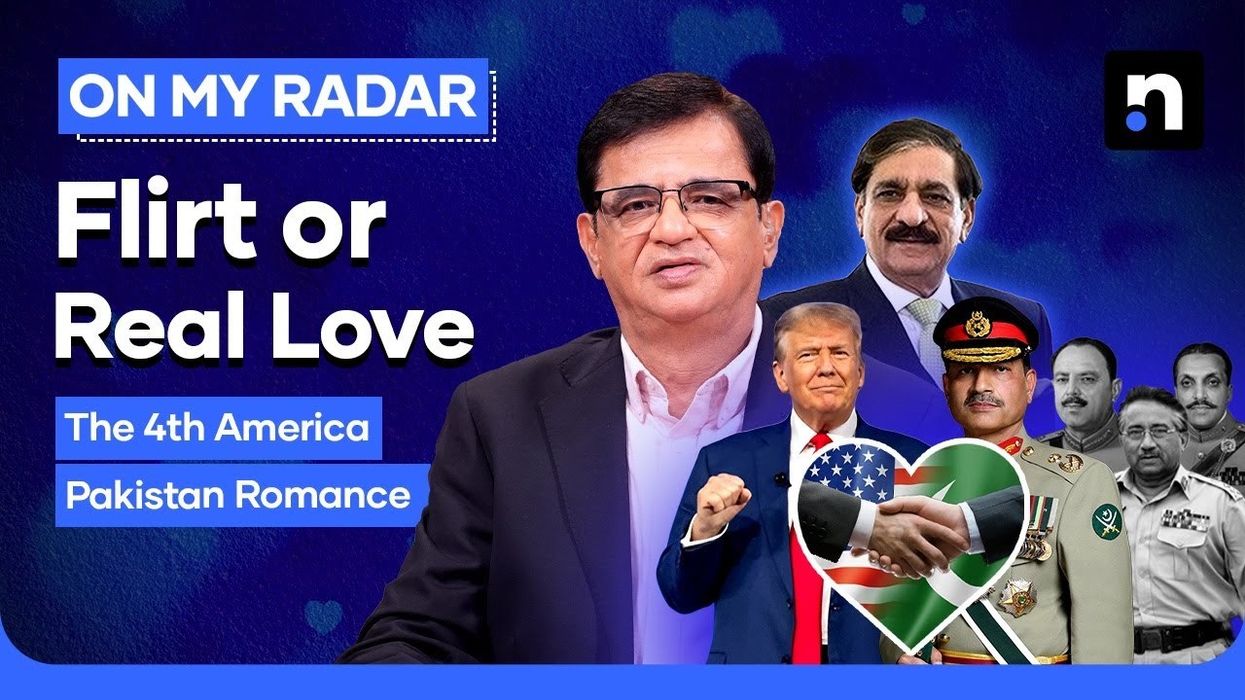
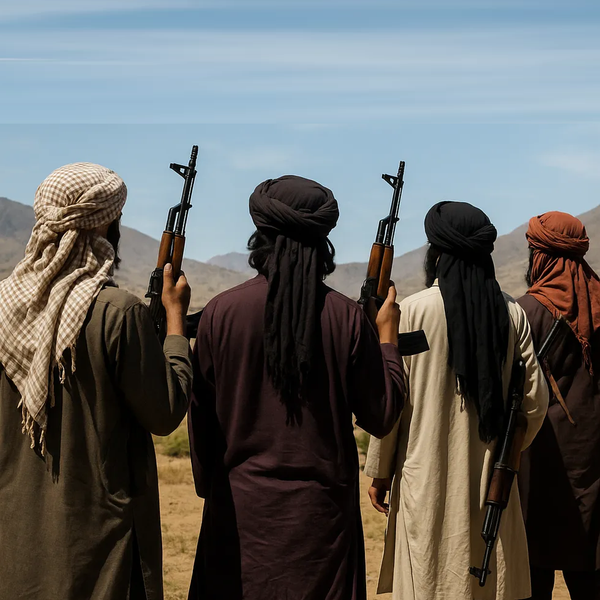
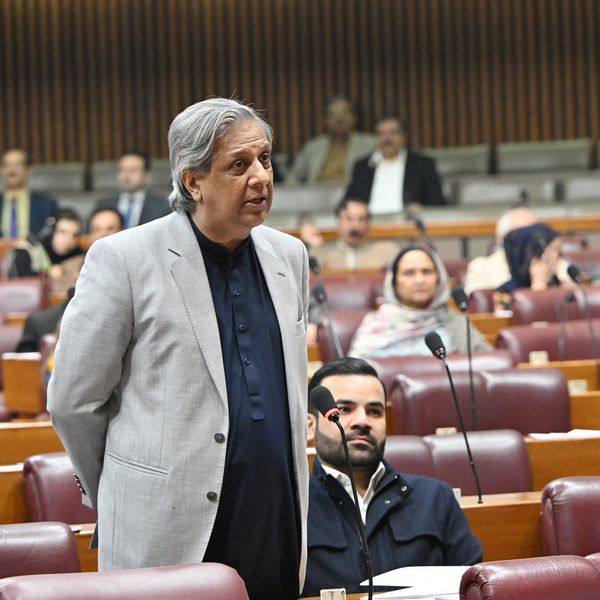

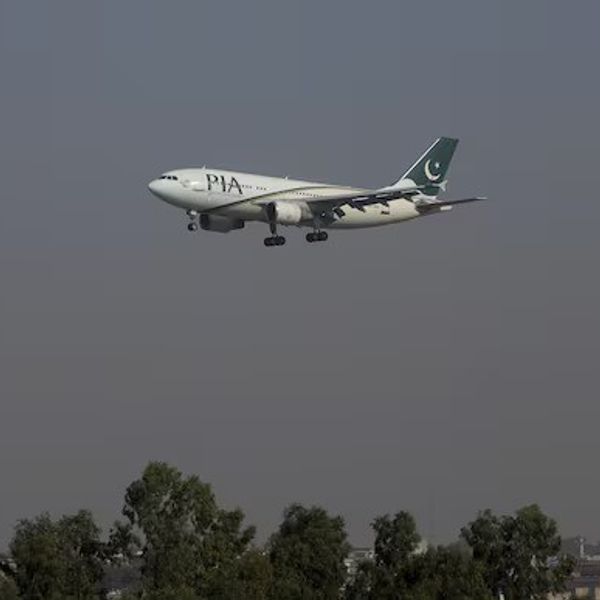

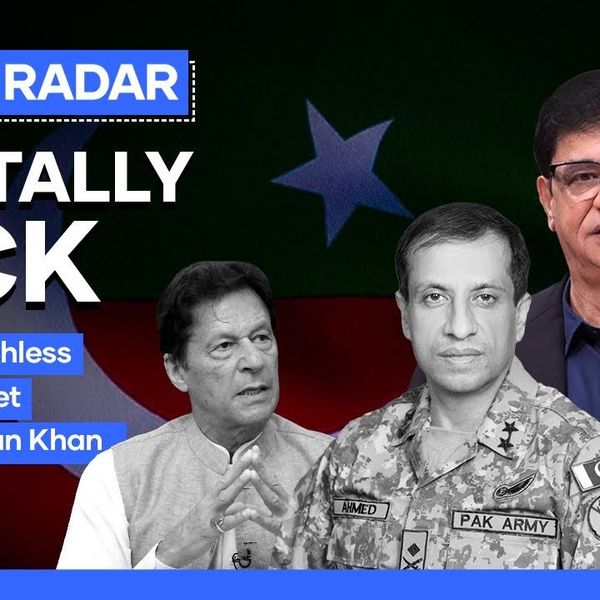


Comments
See what people are discussing